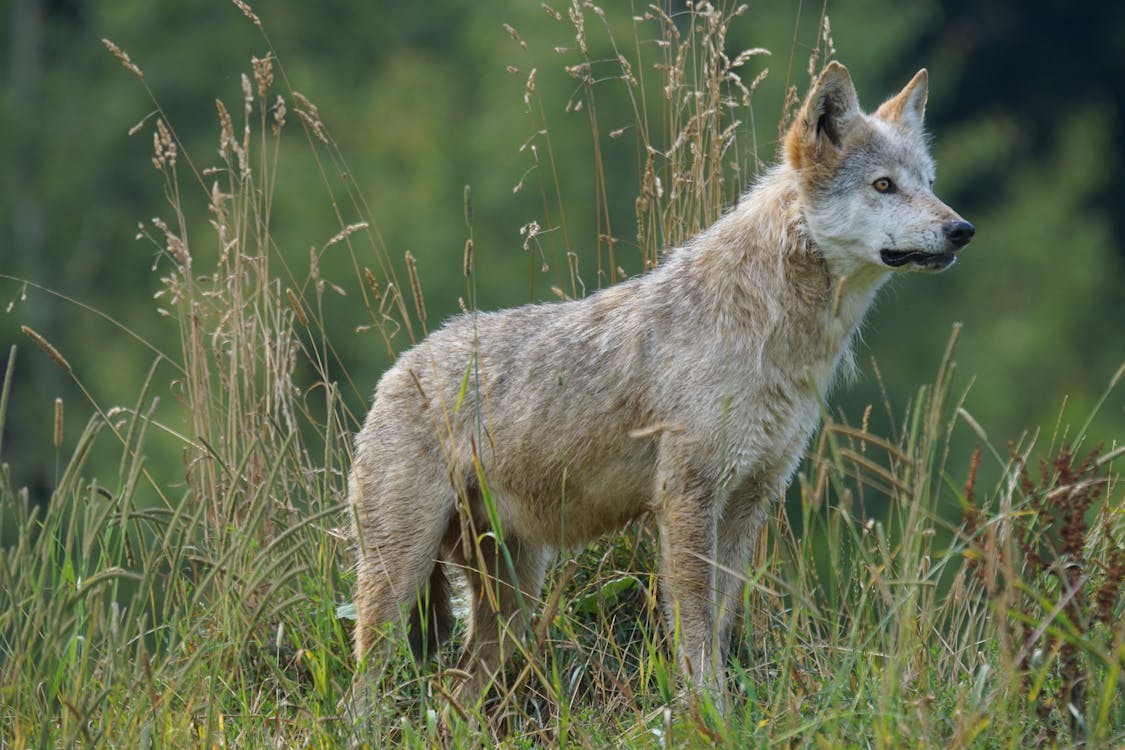In the mid-1990s, one of the most important and ambitious wildlife conservation projects in U.S. history took place: the reintroduction of wolves to Yellowstone National Park. This initiative, which involved the release of gray wolves into the park after decades of absence, has been heralded as a groundbreaking success story in restoring balance to a fragile ecosystem. But to understand the significance of this event, it’s important to delve into why wolves disappeared from Yellowstone in the first place, what led to their return, and how their presence has transformed the environment.
The Extirpation of Wolves
By the early 20th century, wolves had been eradicated from Yellowstone. This elimination was part of a broader effort to rid the American West of predators that were perceived as threats to livestock and game animals. Aggressive hunting, poisoning, and trapping campaigns were carried out, leading to the extinction of wolves in the region by the 1920s. The absence of wolves, a keystone species, had far-reaching effects on the park’s ecosystem, upsetting the balance of predator-prey relationships and causing unforeseen ripple effects.
The Case for Reintroduction
As decades passed, scientists and conservationists began to realize that Yellowstone’s ecosystem was suffering without wolves. Elk populations, no longer kept in check by their natural predator, grew significantly. This overpopulation led to overgrazing of vegetation, particularly along riverbanks and streams, which in turn caused soil erosion, degraded habitats for fish and birds, and reduced biodiversity.
Recognizing the ecological imbalance, scientists began advocating for the reintroduction of wolves to the park. After years of planning, legal battles, and negotiations with ranchers and local communities, the U.S. Fish and Wildlife Service introduced 14 gray wolves from Canada to Yellowstone in 1995. Over the next two years, 31 more wolves were added to the park.
Ecological Impact: A Ripple Effect
The return of the wolves to Yellowstone had immediate and profound effects on the ecosystem. Known as a trophic cascade, this phenomenon occurs when predators at the top of the food chain indirectly impact the health of the entire ecosystem.
- Regulation of Elk Populations: The most immediate impact of the wolves’ return was the control of the elk population. With natural predation reinstated, elk numbers began to decline. But beyond just reducing the numbers, wolves changed the behavior of elk. No longer able to graze freely without fear, elk started avoiding open areas like riverbanks and meadows where they were more vulnerable. This allowed vegetation in these areas to recover.
- Recovery of Vegetation: With less pressure from grazing elk, plant life, particularly willows and aspens, began to regenerate. These plants are crucial to the health of riparian areas, which are important ecosystems for a variety of species. The restoration of vegetation stabilized riverbanks, reducing erosion and improving water quality.
- Return of Other Species: As the vegetation recovered, species that rely on these habitats returned as well. Beavers, which had all but disappeared from Yellowstone, made a comeback. By building dams and creating wetlands, beavers further enhanced the ecosystem, providing habitats for fish, amphibians, and waterfowl. Songbirds also thrived in the regrown forests, benefiting from the increased availability of food and nesting areas.
- Impact on Other Predators and Scavengers: The reintroduction of wolves also affected other predators and scavengers. Coyotes, which had filled the niche left by the absence of wolves, saw their populations decrease as wolves reestablished their dominance. This reduction allowed smaller mammals, such as rodents, to recover, which in turn benefitted birds of prey like eagles and hawks. Additionally, scavengers such as ravens, magpies, and even grizzly bears benefited from the carcasses left behind by wolf kills, providing them with a vital food source, particularly in the harsh winter months.
Challenges and Controversy
Despite the ecological benefits, the reintroduction of wolves was not without its challenges. Ranchers and local communities in the surrounding areas were concerned about the wolves preying on livestock. While wolves occasionally do hunt cattle or sheep, compensation programs were established to reimburse ranchers for livestock losses. Over time, some opposition has waned, though tensions remain in certain areas.
The political debate around wolves continues, particularly as their populations grow and disperse beyond Yellowstone’s borders. There have been ongoing legal and legislative battles over the management of wolf populations and their status under the Endangered Species Act.
A Model for Conservation Success
The reintroduction of wolves to Yellowstone has become a model for how conservation can restore ecosystems and foster biodiversity. The program has been studied worldwide, inspiring similar efforts in Europe and other parts of North America where predator species had been eliminated.
Today, the wolf population in Yellowstone is thriving. Their presence has reshaped the landscape, proving that nature, when allowed to function with all its components in place, can heal itself. The success of the Yellowstone wolves is not just about the return of a single species but a reminder of the complex and interconnected web of life that relies on balance and coexistence.
Conclusion
The reintroduction of wolves to Yellowstone National Park stands as a monumental success in conservation history. By reestablishing a top predator, the park’s ecosystem has rebounded in ways that scientists could only have hoped for. While challenges remain, particularly in terms of human-wolf interactions outside the park, the overall impact of the wolves on Yellowstone has been overwhelmingly positive. This story is a powerful reminder of the importance of biodiversity and the role that each species plays in maintaining the health of the planet’s ecosystems.

